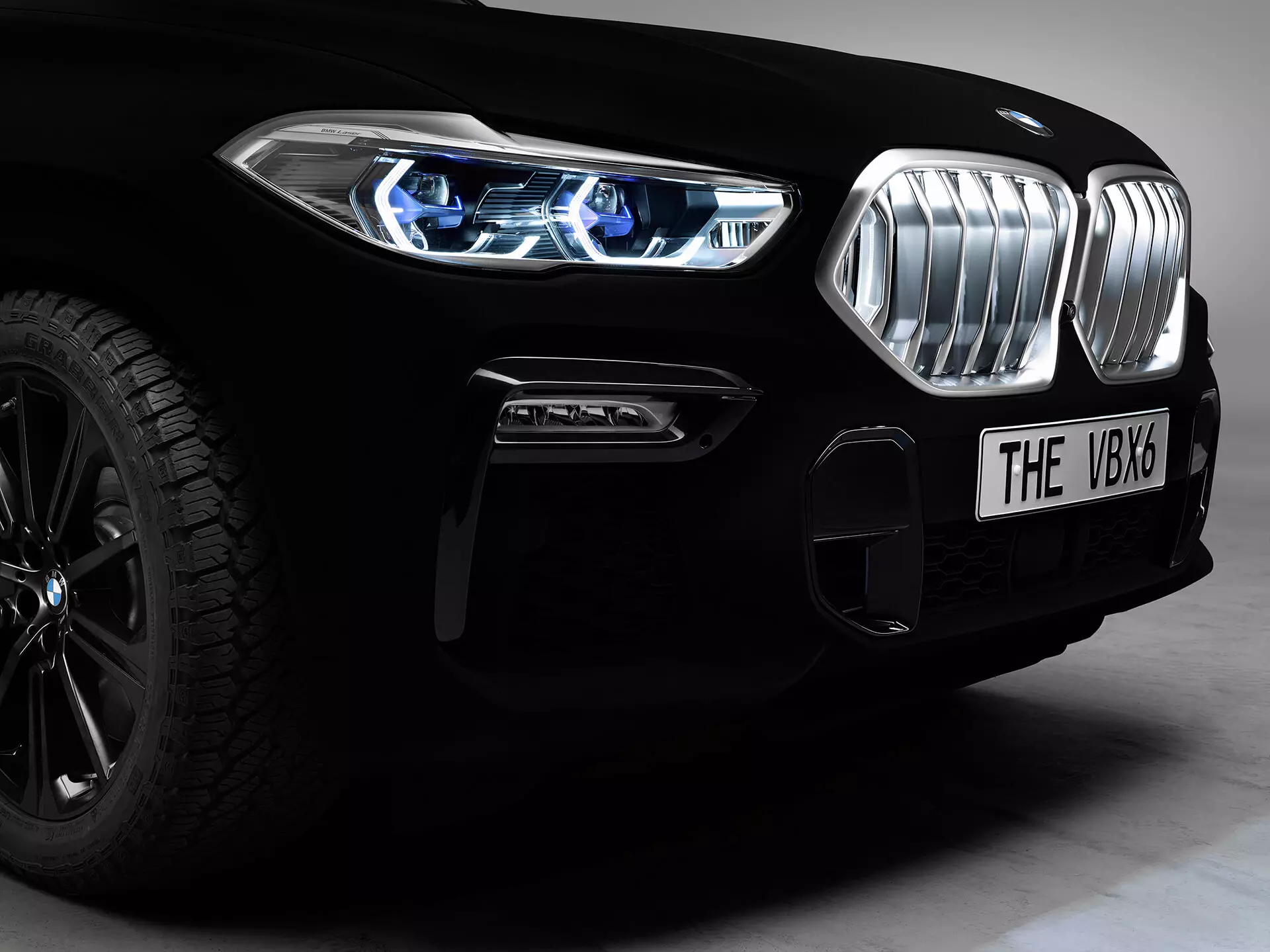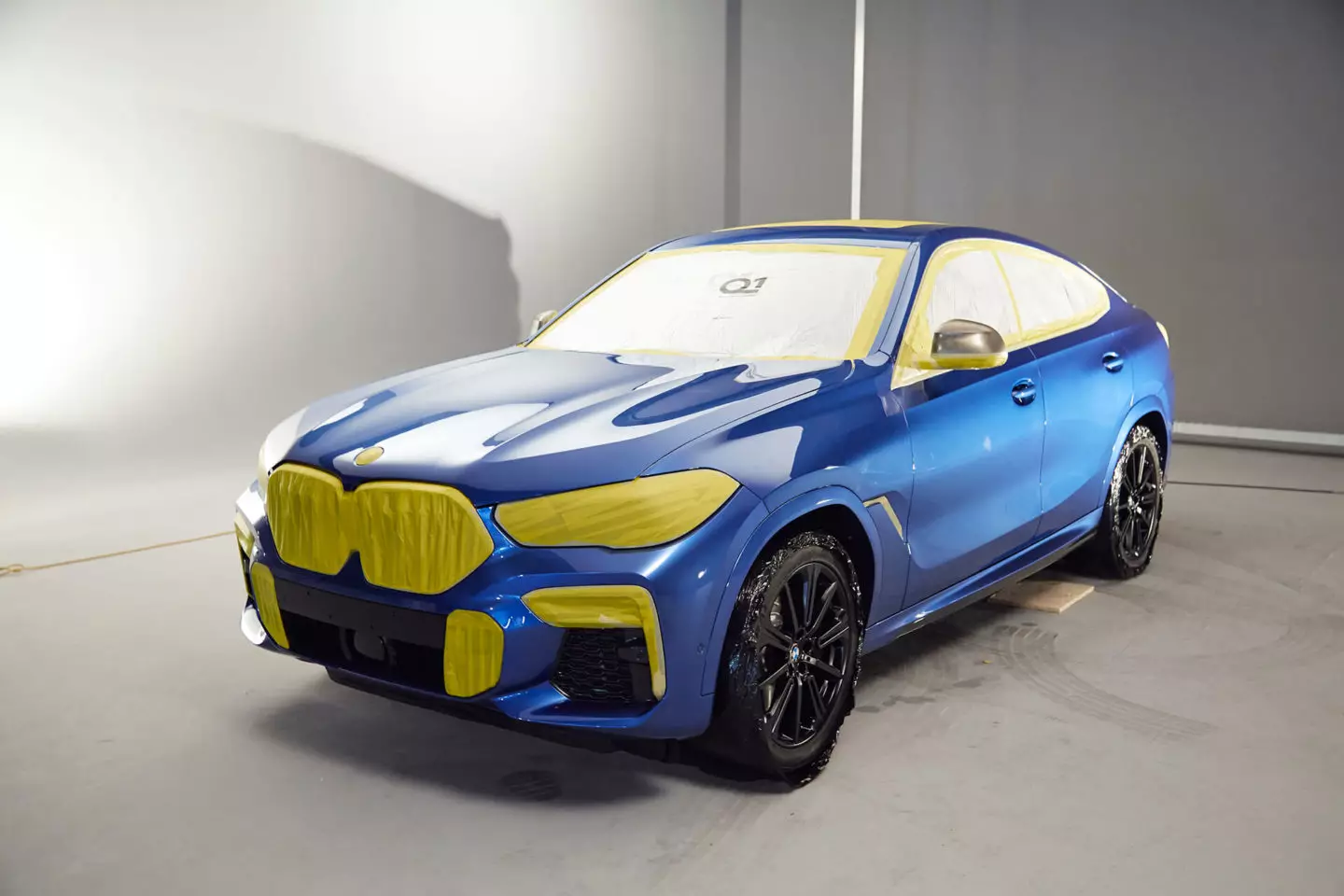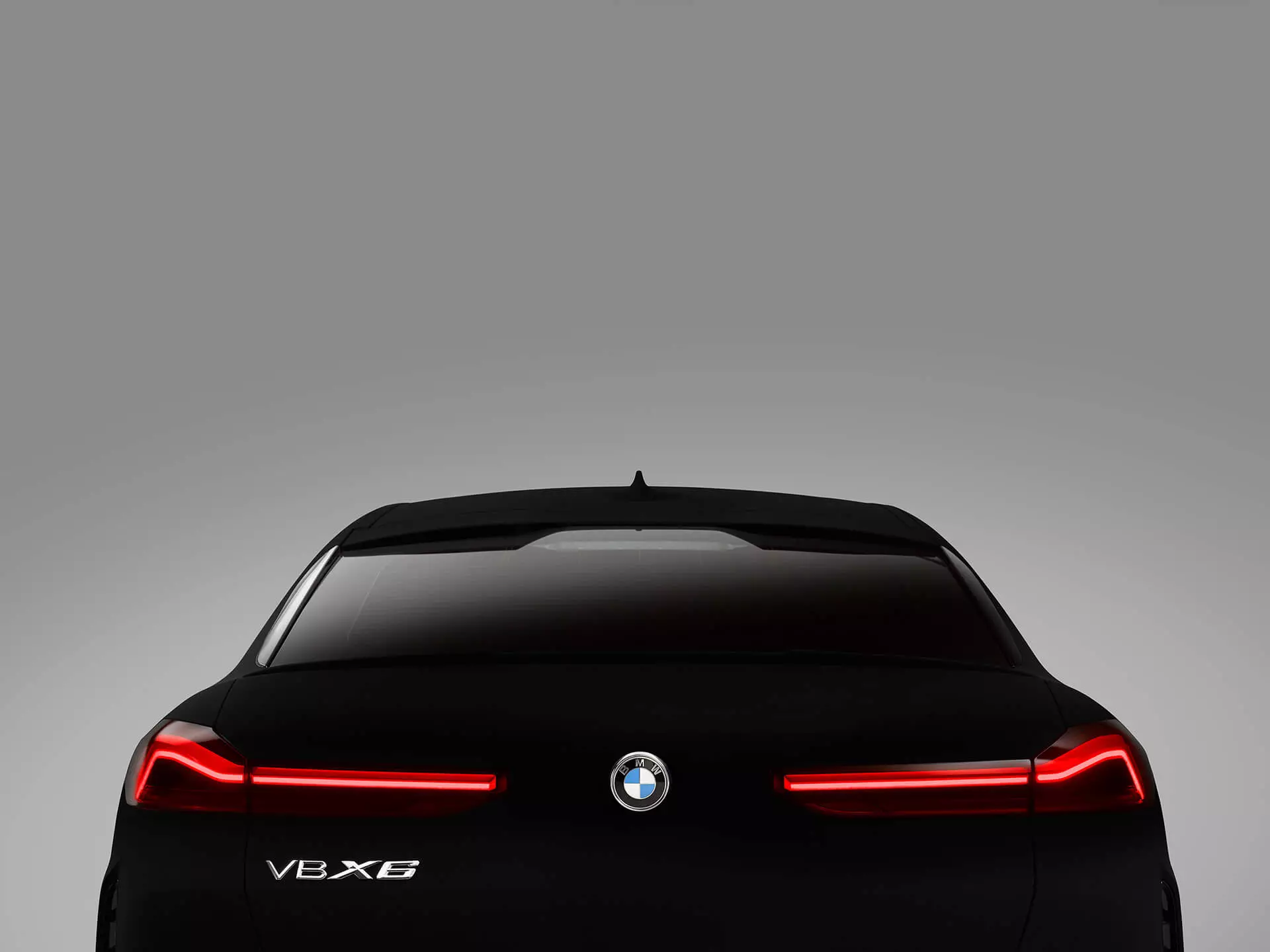The third generation of BMW X6 , unveiled a month ago, is on its way to the Frankfurt Motor Show, in its first public appearance. However, all (light) spots will be aimed at a particular X6, due to the “super black” tone of its bodywork.
“Super-black”? Yes, this is the first application on a Vantablack car bodywork, a new type of coating able to absorb up to 99.965% of light , virtually eliminating any reflection.
The name Vantablack results from the addition of the acronym VANTA ( V vertically THE ligned N year T ube THE rray) and black (black), which translates into a substance of carbon nanotubes, or Set of Vertically Aligned Nanotubes.

Each of the nanotubes is just 14 to 50 micrometers long and 20 nanometers in diameter — around 5000 times thinner than a strand of hair. When vertically aligned, one billion of these nanotubes occupy just one square centimeter. Upon reaching these tubes, light is absorbed, retained, without being reflected, being converted into heat.
Subscribe to our newsletter
It was in 2014 that we discovered the Vantablack coating, developed by Surrey NanoSystems for the aerospace industry. Its anti-glare and anti-glare properties turned out to be perfect for coating delicate materials like aluminum and optical components for space observation.
Does a “super-black” car make sense?
Applying this type of coating to any car, in principle, doesn't make much sense. To the human eye, any three-dimensional object coated in Vantablack will be perceived as two-dimensional — basically, it's like looking into a hole or a void.
In an automobile, this would mean that when you look at it, only the overall shape, or silhouette, would remain noticeable. All the lines, different surface orientations and other aesthetic details would simply disappear.

That's why the BMW X6 we can see is coated with a new Vantablack variant, the VBx2, originally developed for scientific and architectural applications. The difference to the original Ventablack is the fact that the VBx2 has a reflectance greater than 1% — it's still considered a “super-black”, but it allows to retain some perception of the three-dimensionality of the X6.
Why did BMW choose to paint the new X6 with this “super black”? Hussein Al Attar, creative director of automotive design at Designworks and the designer responsible for the new BMW X6 answers:
Internally, we refer to the BMW X6 as “The Beast”. I think that says it all. The Vantablack VBx2 finish accentuates this look and makes the BMW X6 particularly menacing.
The next fad in automobiles?
Could Vantablack become the next fashion in car paint after the invasion of matte tones? Unlikely. Ben Jensen, founder and technical director of Surrey NanoSystems, says he has turned down several bids from other manufacturers in the past, making an exception to the X6 for its “(…) unique, expressive design (…)”, even though they were quite hesitant to accept of the Bavarian brand proposal.

This Vantablack X6 will remain just an experience, but perhaps the main reason for us to see “empty” in the future with wheels circulating, has to do with the huge technical challenge that would be to develop a Vantablack variant with the expected durability of a car paint job.
However, the interest of the automobile industry in Vantablack goes beyond a new option in the color catalogue. The special properties of this paint are finding their place in the development of laser sensors for driving and autonomous driving assistants.

